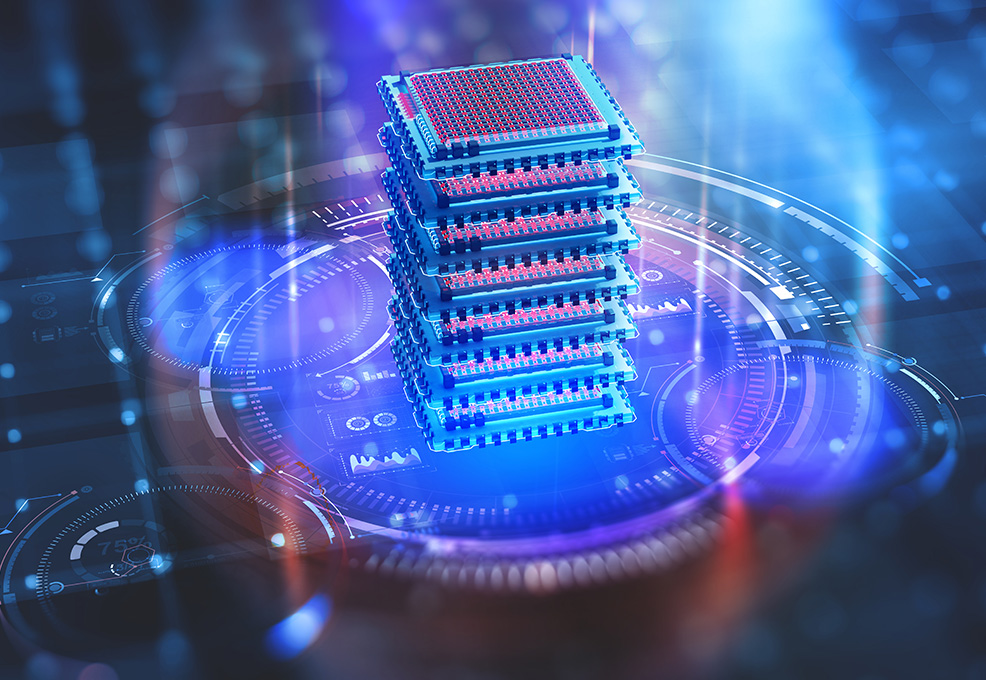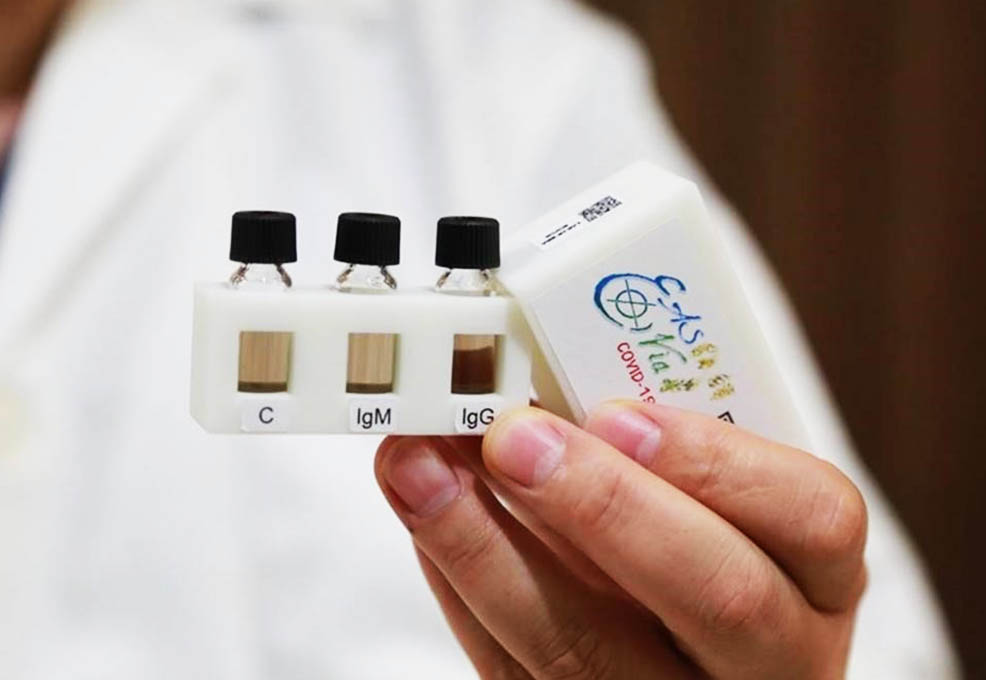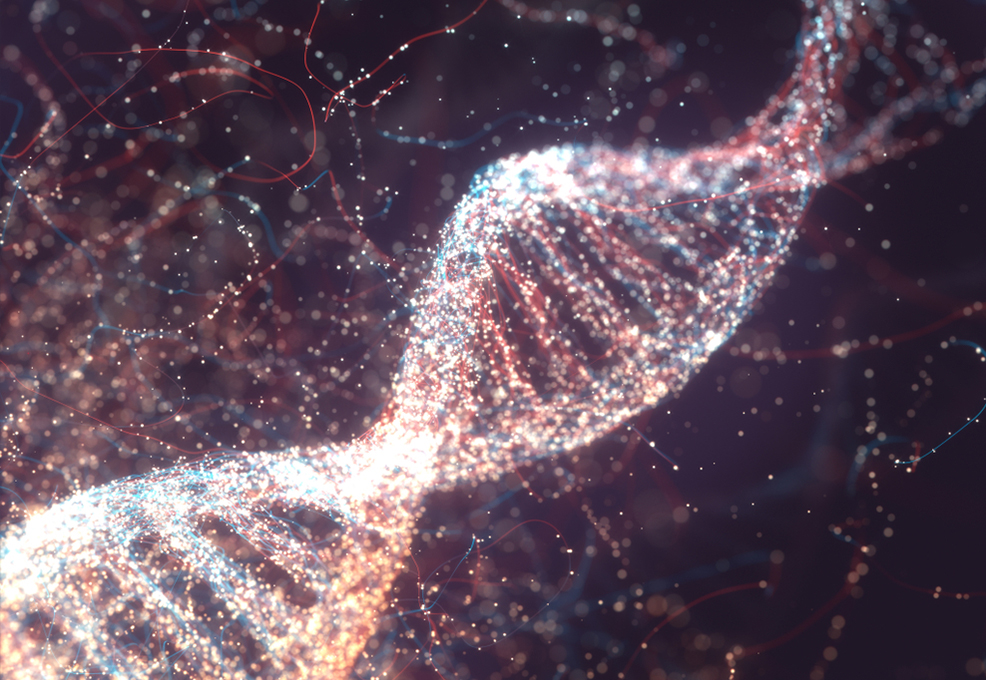Urgent need for COVID-19 prevention- Ultrasensitive and rapid dual-antibody testing

Author(s)
Chih-Sung ChuuBiography
Prof. Chih-Sung Chuu received his Ph.D. degree in physics from University of Texas at Austin in 2006 and worked as a postdoctoral scholar at University of Heidelberg and Stanford University. He is currently an Associate Professor of Physics at National Tsing Hua University, where he leads the Quantum Photonics Laboratory.
Academy/University/Organization
National Tsing Hua University-
TAGS
-
Share this article
You are free to share this article under the Attribution 4.0 International license
- ENGINEERING & TECHNOLOGIES
- Text & Image
- December 11,2021
Photonic quantum technologies, such as quantum communication and quantum computing, demand highly pure single photons and entangled photons. However, the purity of the single and entangled photons in practical realizations are usually degraded by the multiphoton emission, dissipation, and decoherence. The purification of the single and entangled photons is thus essential to restore these quantum states and achieve the optimal performance of the quantum technologies. Prof. Chih-Sung Chuu of the National Tsing Hua University demonstrated a new way of purifying the single and entangled photons from quantum dots and nonlinear crystal by shaping their temporal wavepackets. The new technique has potential applications in long-distance quantum communication and linear optical quantum computation.
Photonic quantum technologies, such as quantum communication and quantum computing, demand highly pure single photons and entangled photons. However, the purity of the single and entangled photons in practical realizations are usually degraded by the multiphoton emission, dissipation, and decoherence. The purification of single photons and entangled photons is therefore essential to restore these quantum states and achieve the optimal performance of the quantum technologies.
In a series of experiments [1-3], Prof. Chih-Sung Chuu of the National Tsing Hua University demonstrated the purification of temporally long single and entangled photons by manipulating their quantum wavepackets. Using single colloidal quantum dots at room temperature as the single photon emitter, Prof. Chuu first identified the timing order of the single-photon emission and the multiphoton emission. The fast-decaying multiphoton component of the quantum wavepacket was then “cut off” by the acousto-optic modulation. Their study showed that, after a step-function modulation, single-photon purity comparable to what was achievable at the cryogenic temperature was obtained for different quantum dots at room temperature. Moreover, high single-photon purity can be maintained at high excitation power, thus enabling a high generation rate at the same time.

Figure 1: The left panel shows the wavepackets before and after modulation. The right panel shows the single-photon quality g(2)(0), which is inversely proportional to the purity, before (top) and after (bottom) the modulation versus the normalized excitation power.
The colloidal quantum dots are known to have high quantum yield and high photostability at room temperature. However, due to the broad biexciton spectrum that spectrally overlaps with the single-exciton spectrum, the single-photon purity of the room-temperature colloidal quantum dots was never comparable to their cryogenic-temperature counterparts. Prof. Chuu’s study thus paves the way to realizing a highly pure and efficient source of solid-state single-photon source at room temperature.
In another experiment, Prof. Chuu exploited the wavepacket shaping to observe the revival of quantum interference and entanglement. Quantum interference between photon pairs has been the workhorse in many quantum optics experiments and applications for the generation of quantum entanglement. However, if the frequencies of the photon pairs are dissimilar, the interference visibility easily diminishes and the entanglement or nonlocality (“the spooky action at a distance”) disappears accordingly. To observe the effect of the frequency difference on entanglement, Prof. Chuu used the time-resolved two-photon interference and quantum state tomography to measure the beat frequency and concurrence (a quantifier of entanglement), respectively. The lost entanglement and nonlocality due to the frequency difference were then restored by the electro-optic modulation of the quantum wavepacket.

Figure 2: (a) Quantum state tomography of the biphotons before (left) and after (right) modulating the wavepackets. The appearance of the off-diagonal terms after the modulation manifests the revival of quantum entanglement. (b) Observation of the “spooky action at a distance” (S > 2) before (left) and after (right) the modulation for different frequency differences or degrees of distinguishability of the photon pairs.
The revival of the quantum interference or entanglement was possible because the modulation at the frequency of biphoton's frequency difference ensured a constant phase in two-photon interference, which improves the quality of entanglement and the nonlocality. Prof. Chuu’s study showed that a full recovery of the quantum interference or entanglement can be achieved if the modulation function is properly designed. Quantum optics and quantum information science have been enriched by the possibility to manipulate the wavepackets of single photons or biphotons. Prof. Chuu’s studies demonstrate another fascinating use of wavepacket manipulation for purifying single and entangled photons.
References:
- C.-S. Chuu, C.-Y. Cheng, C.-H. Wu, C.-Y. Wei, S.-Y. Huang, S.-W. Feng, Y.-J. Chen, and C.-Y. Yang, “Purification of Single and Entangled Photons by Wavepacket Shaping,” Adv. Quantum Technol. 4, 2000122 (2021).
- C.-H. Wu, C.-K. Liu, Y.-C. Chen, and C.-S. Chuu, “Revival of Quantum Interference by Modulating the Biphotons,” Phys. Rev. Lett. 123, 143601 (2019).
- S.-W. Feng, C.-Y. Cheng, C.-Y. Wei, J.-H. Yang, Y.-J. Chen, Y.-W. Chuang, Y.-H. Fan, and C.-S. Chuu, “Purification of single photons from room-temperature quantum dots,” Phys. Rev. Lett. 119, 143601 (2017).
STAY CONNECTED. SUBSCRIBE TO OUR NEWSLETTER.
Add your information below to receive daily updates.




